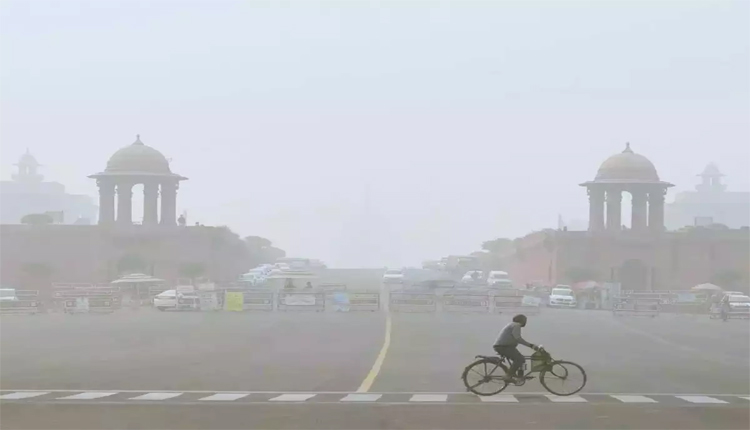New Delhi: It is worth to notice that after the Diwali festivities air quality in Delhi and other northern states become significantly worse again: several areas reported Very Poor AQI on October 31, 2024. On AQI, CPCB stated that several regions in Haryana and Punjab have come up as the most polluted areas, with pollution levels rising during late Thursday evening.
Among the states and UTs in Haryana Gurugram recorded AQI at 322, Jind at 336 and at Charkhi Dadri 306. Other cities in the state also some of the poorest and very poor AQI levels include, Ambala with a score of 201, Bahadurgarh 292, Bhiwani 278, Faridabad 245 and Sonipat 258. Among the other States in the region Punjab fared worse with Jalandhar registering an AQI of 256 Ludhiana at 234 Mandi Gobindgarh at 266 and Patiala at 244.
Delhi’s AQI Crosses 330 Despite Crackdown on Firecrackers
In Delhi, the capital city whose air quality is known to worsen during the festival, had similar experience as its AQI hit 330 around 10 PM Thursday. Despite the Delhi government enforcing strict rules regarding the use of firecrackers and sending out 377 enforcement teams along with using local associations to raise awareness in the capital, there was a less effect in some cases. Police updates of post-Diwali congested cities have it that the two cities violate traffic laws more often than before; East and west Delhi are overdue for pollution control initiatives.
Polluting Industrial and BURNING “Green Firecrackers” in Punjab
Punjab officials allowed only ‘green colours’, ‘Green Crackers’ that contain no poisonous elements such as barium salts, antimony, lithium, mercury, arsenic, lead, and strontium chromate. This inclusion was on the basis of an official directive where densities of the eco-friendlier crackers could be used for a limited period during Diwali, Gurpurab, Christmas, and New Year celebrations to cut down on the effects on environment. However, polluting continues to rank high, local authorities forecast that air quality maybe worsen close to the New Year.
The Meteorological Department categorises a AQI ranging from 0-50 as good, 51-100 as satisfactory, 101-200 as moderate, 201-300 as poor, 301-400 as very poor and 401-500 as severe. Much of the northern parts of India have rated its Air Quality Index AQI as ‘poor’ to ‘very poor’ and the current state of air pollution poses more health ailments especially to the most sensitive groups in the population, the children, the elderly and those with breathing problems.
With the aggressiveness decreasing after the Diwali Day, the effects of air pollution remain an issue in the residents of the area, and using various preventative measures, local authorities call for reduced outdoor exposure and avoiding areas that have higher levels of it.



Comments are closed.